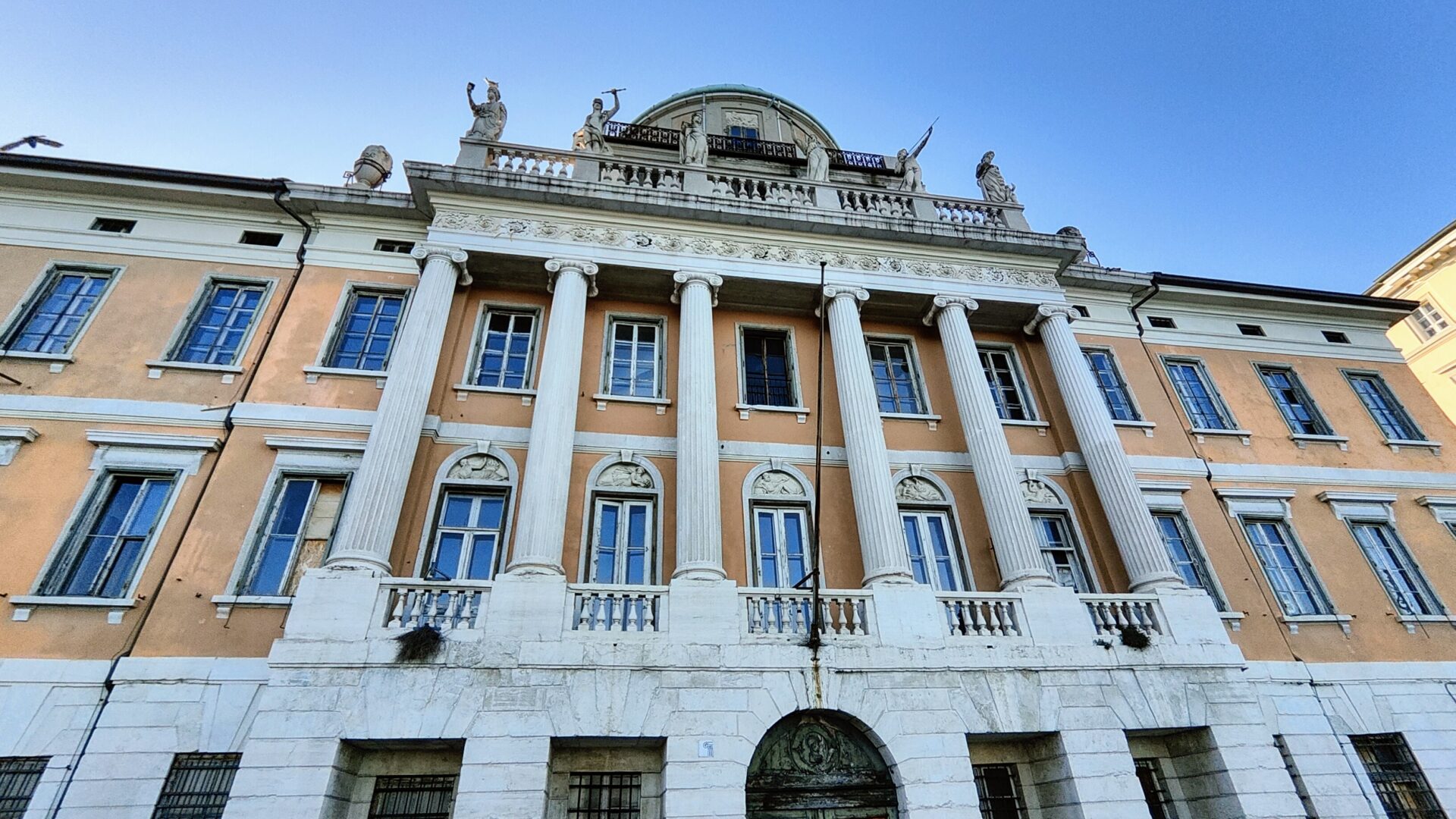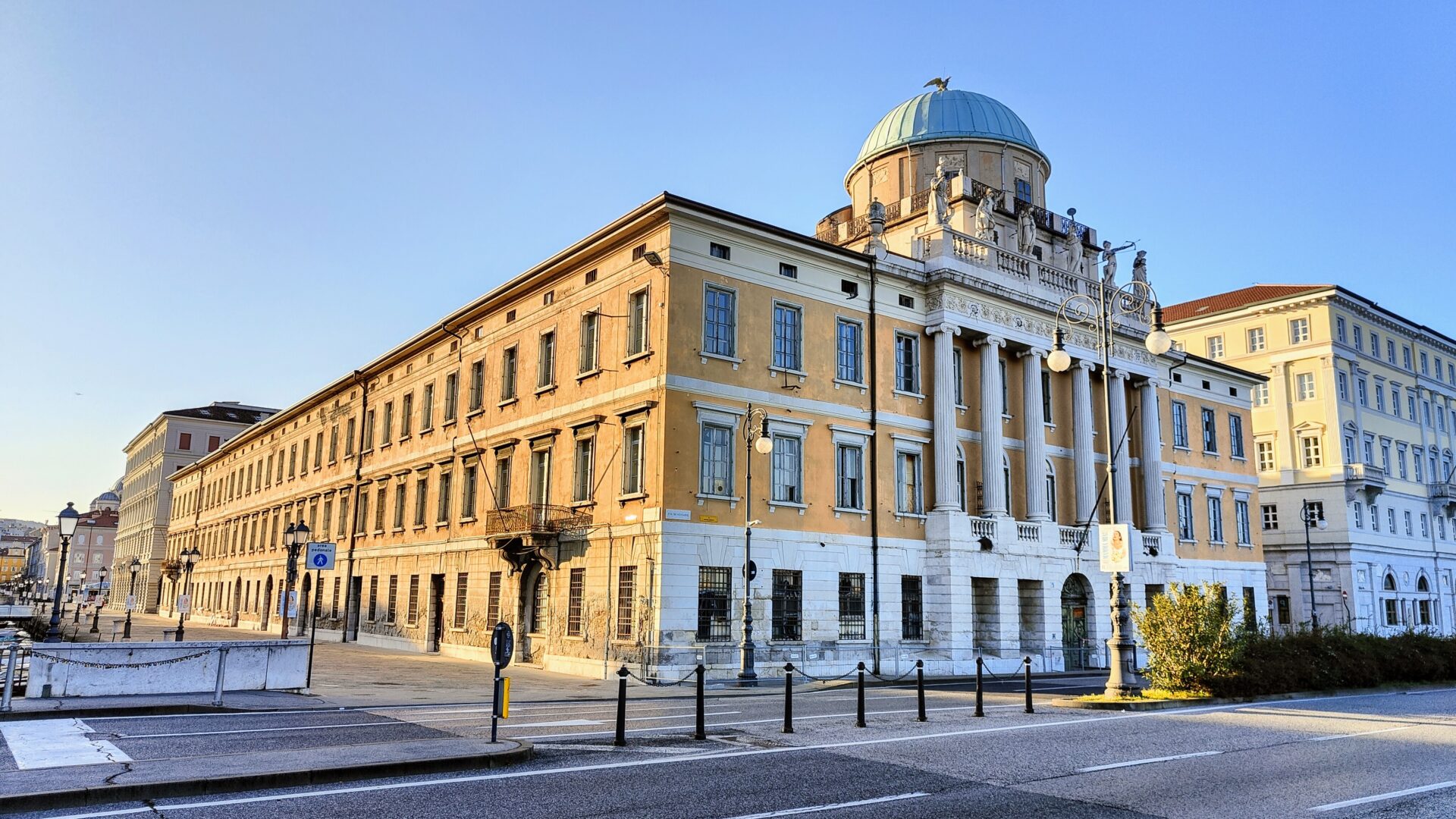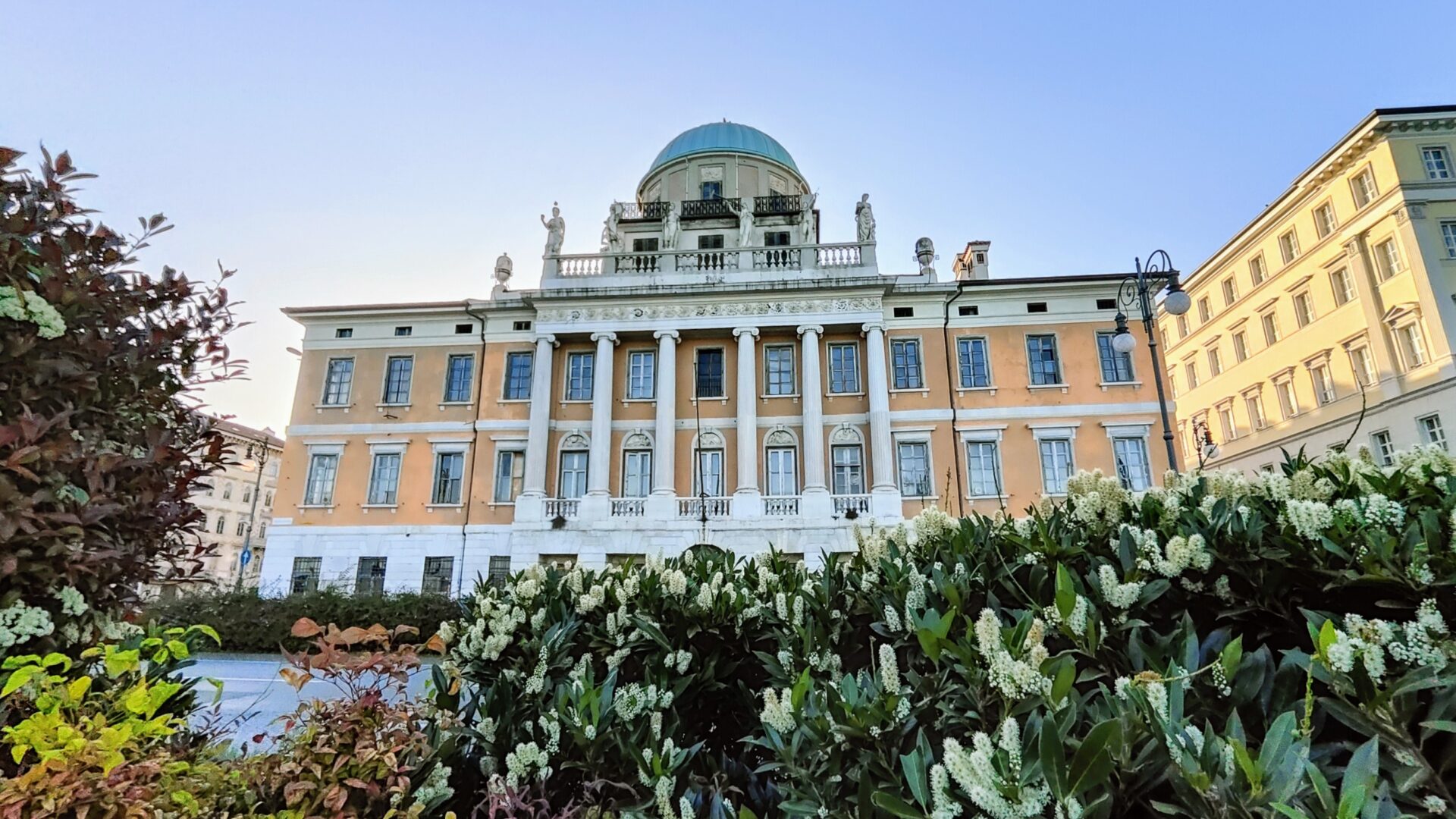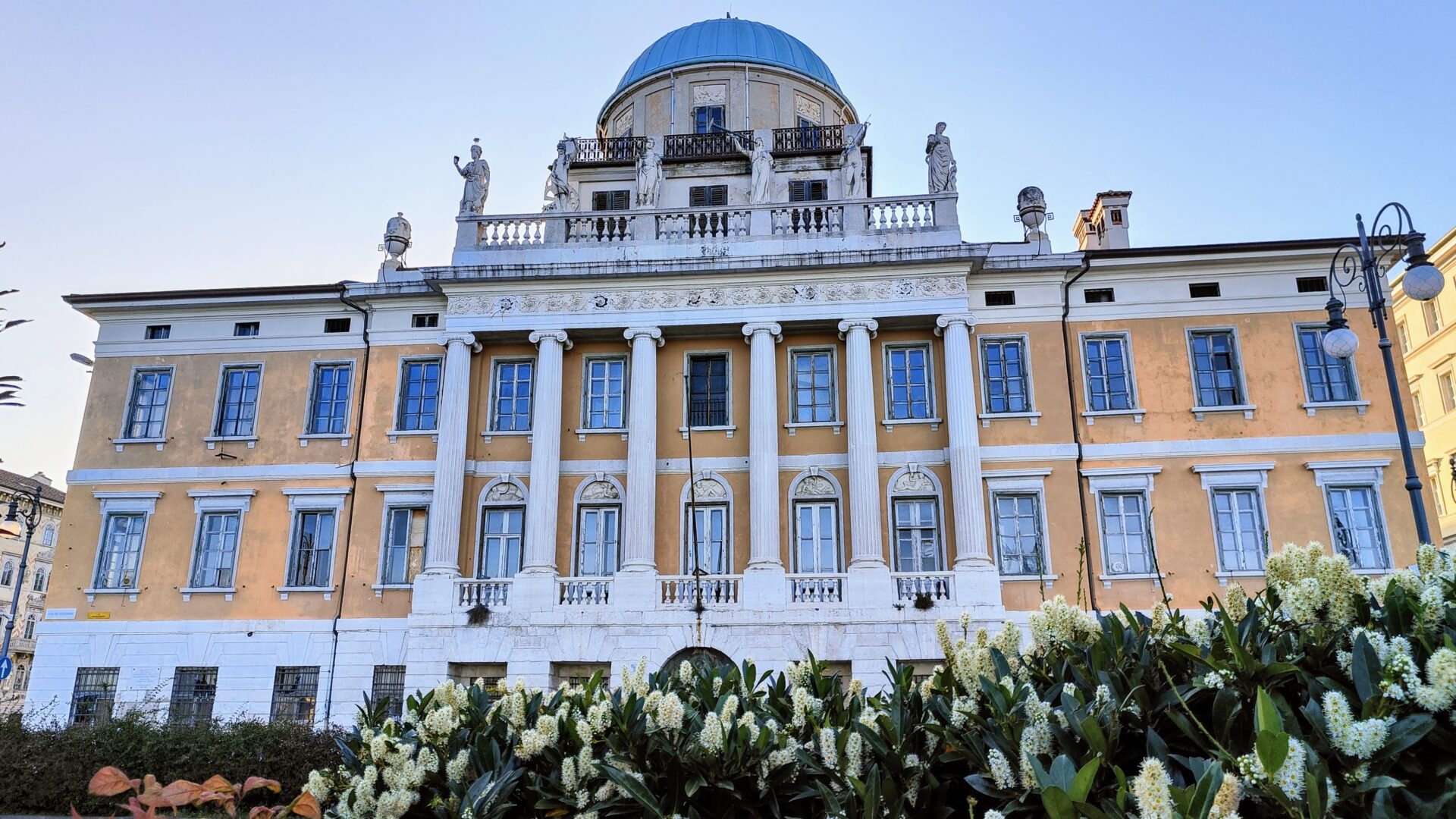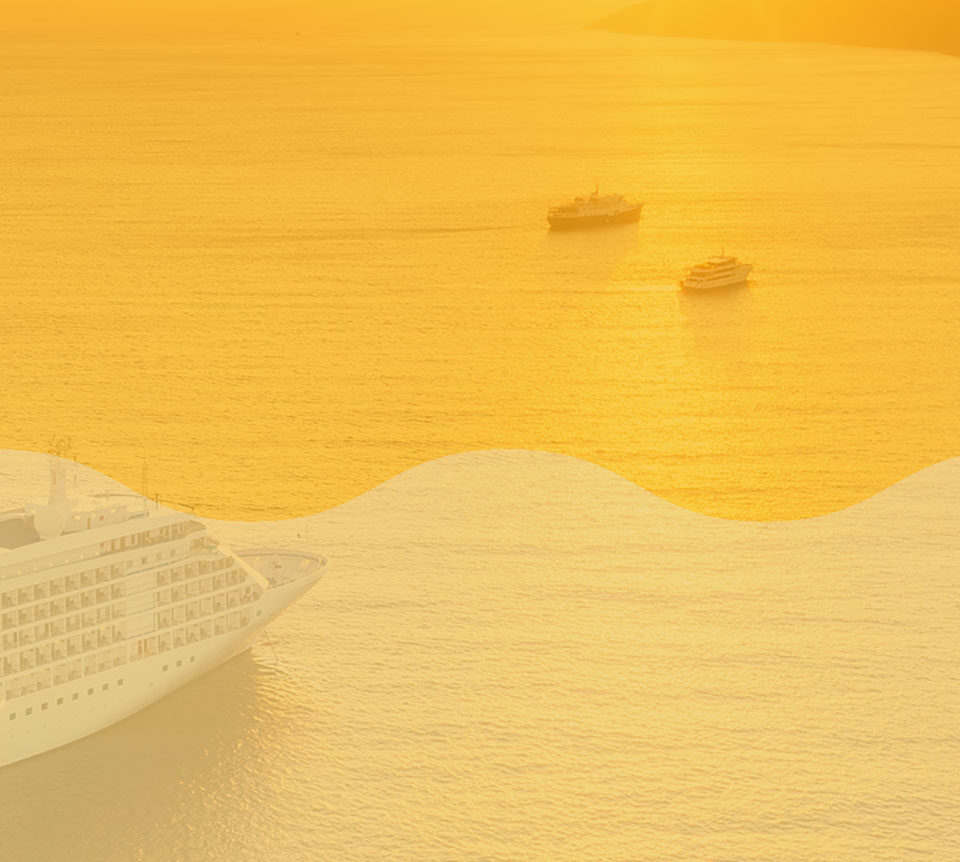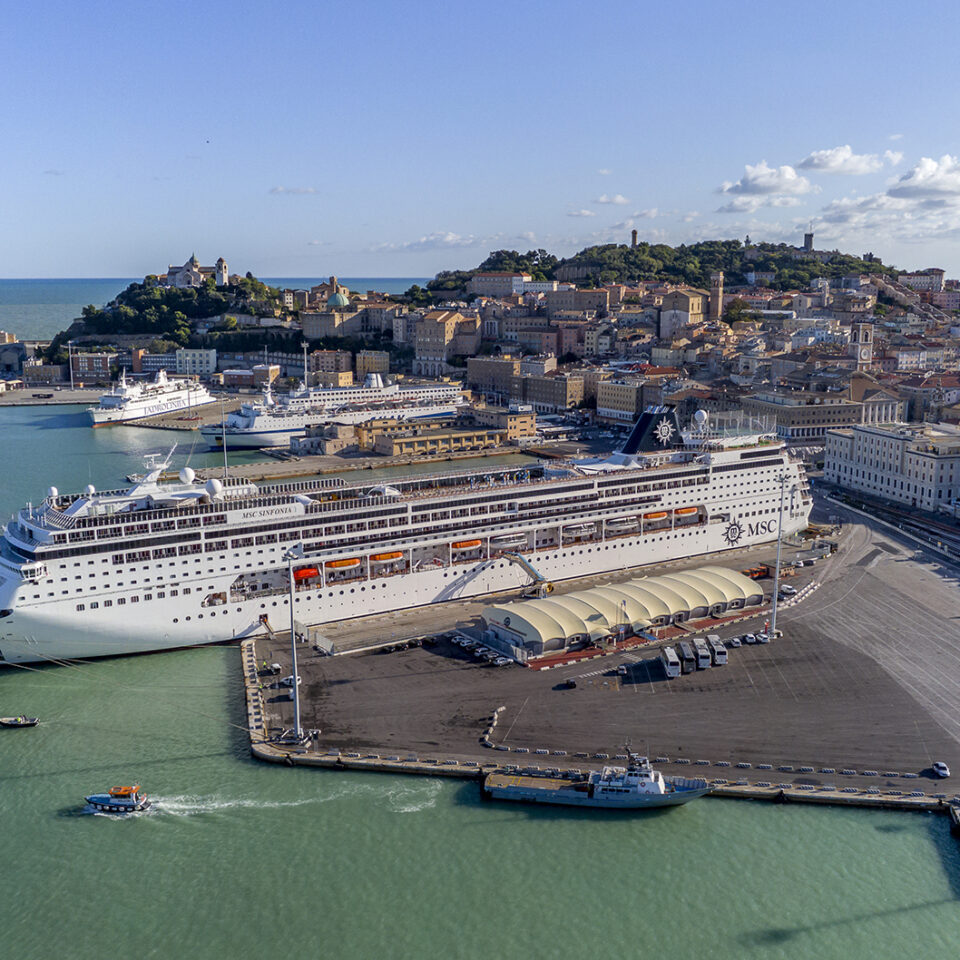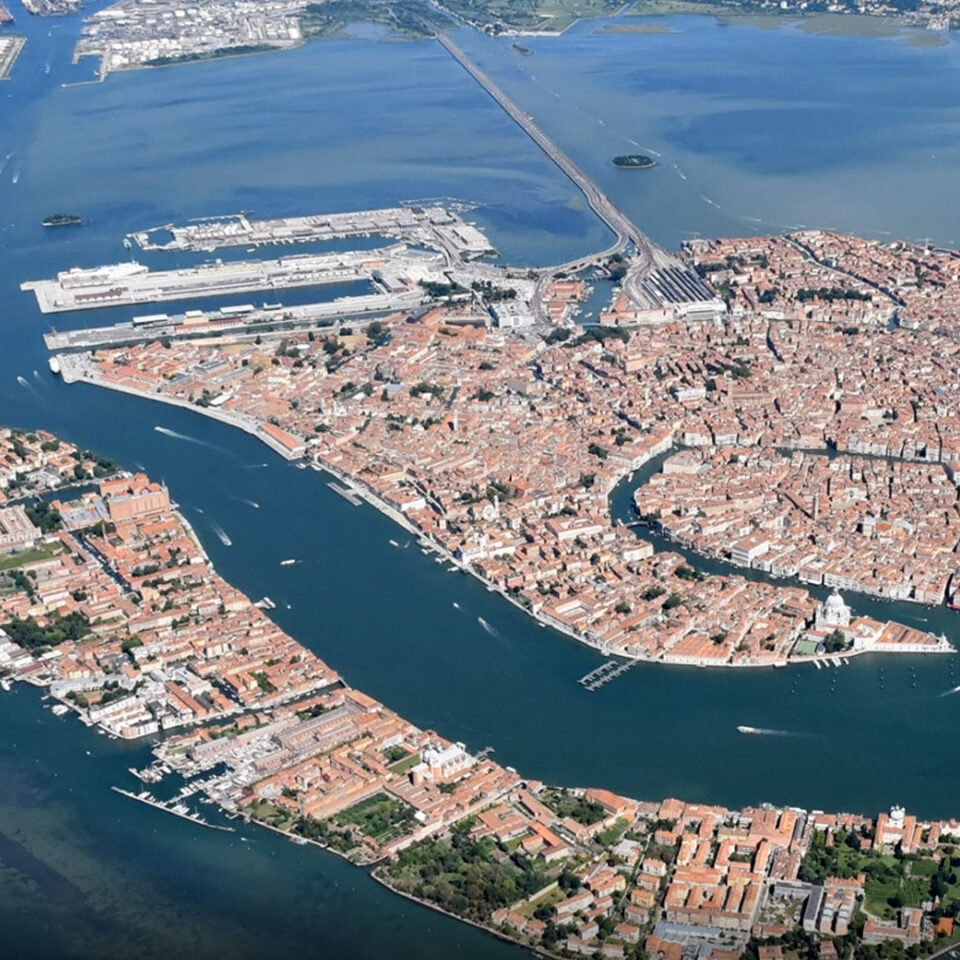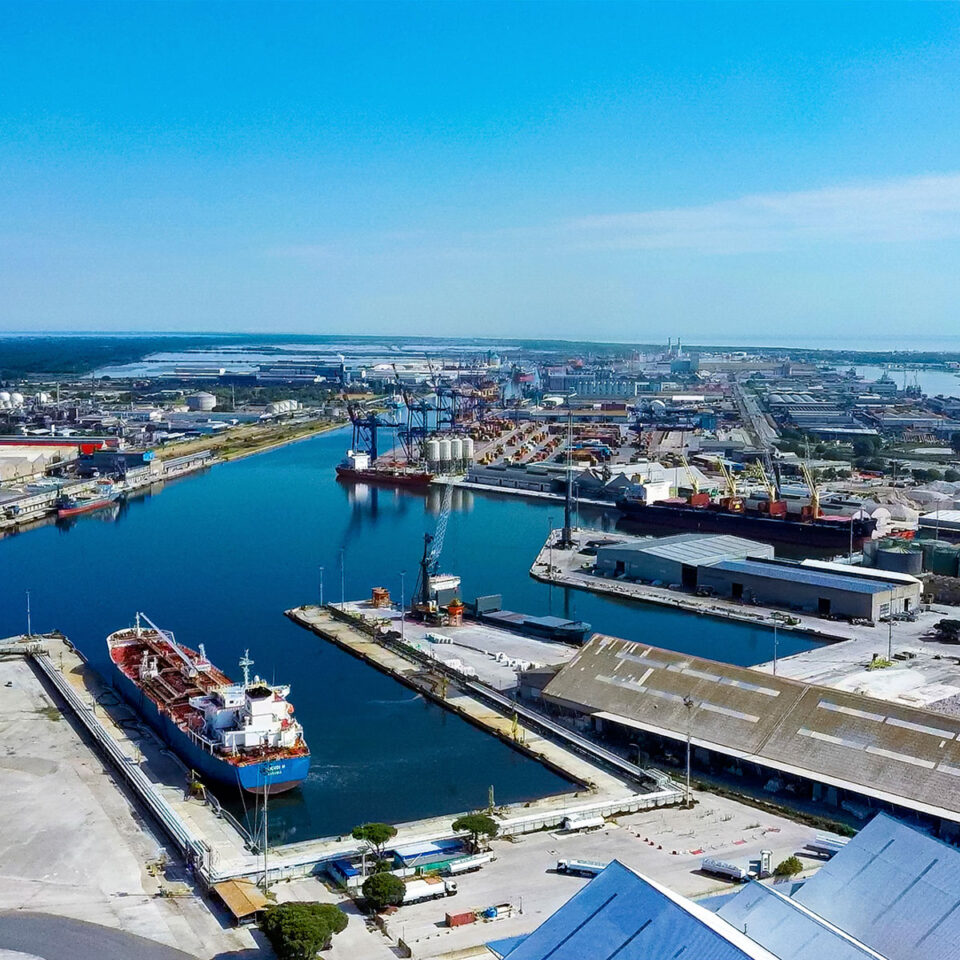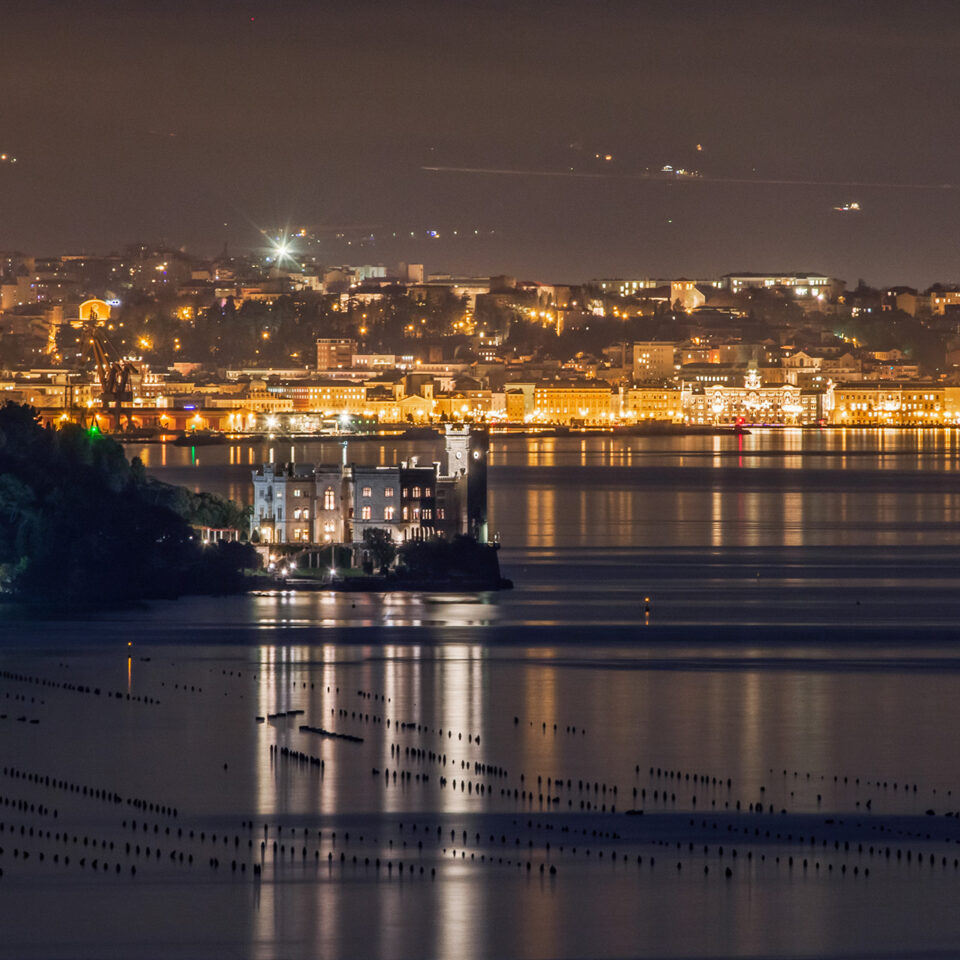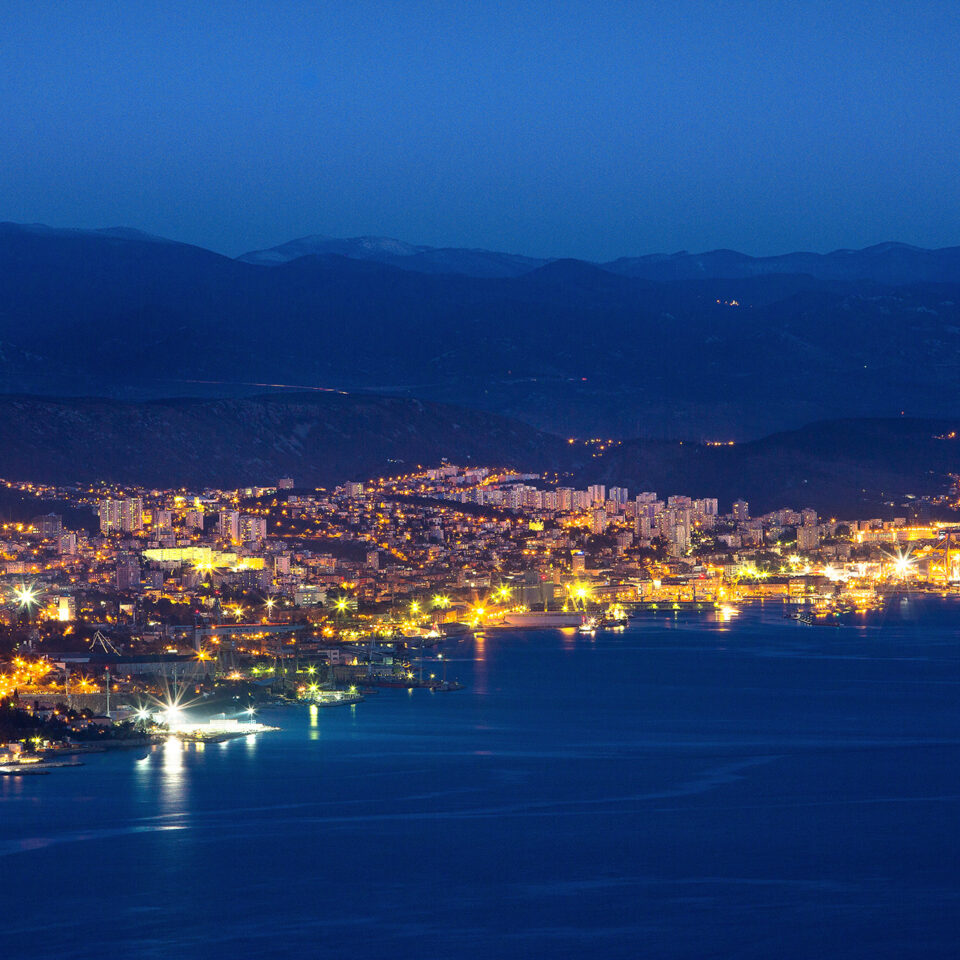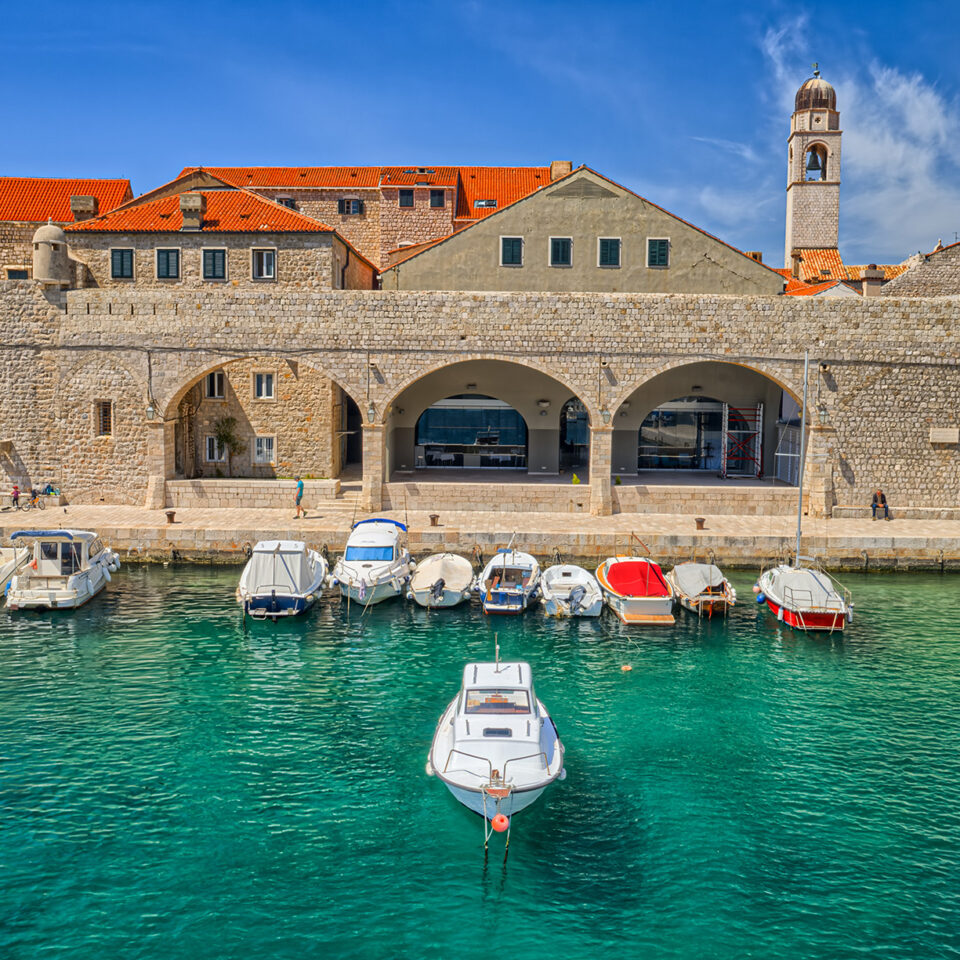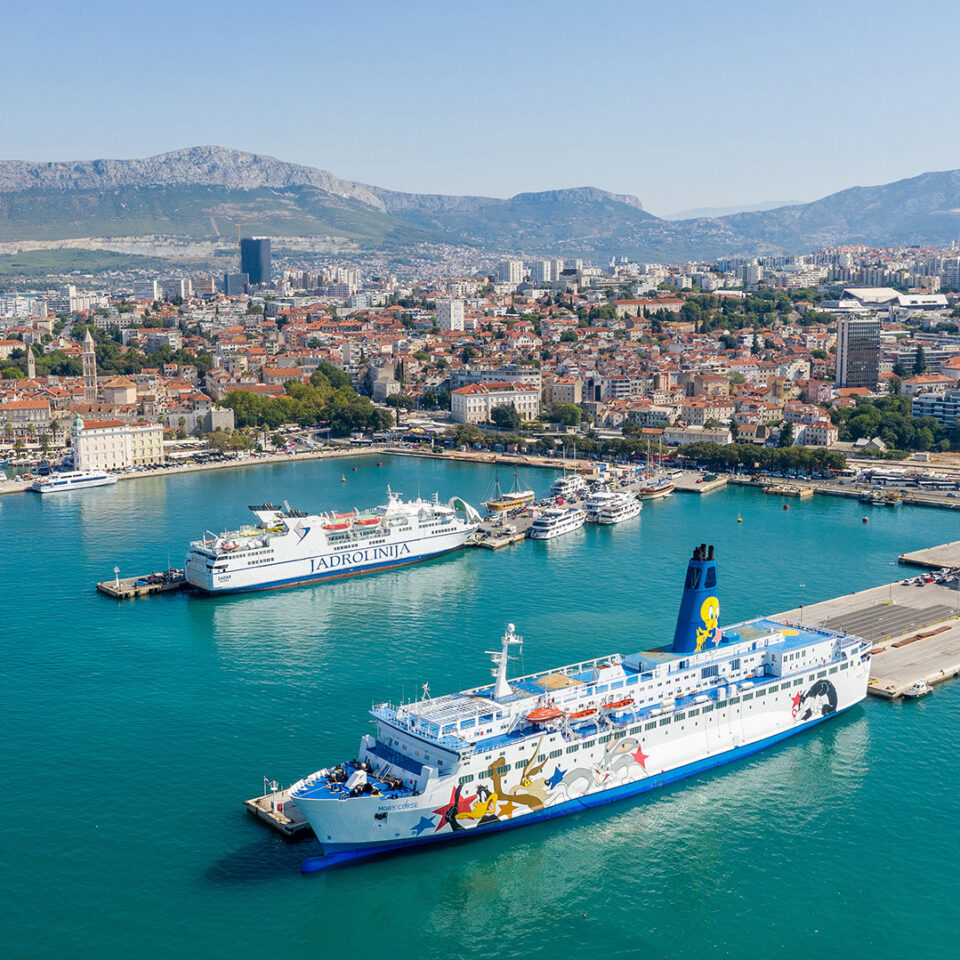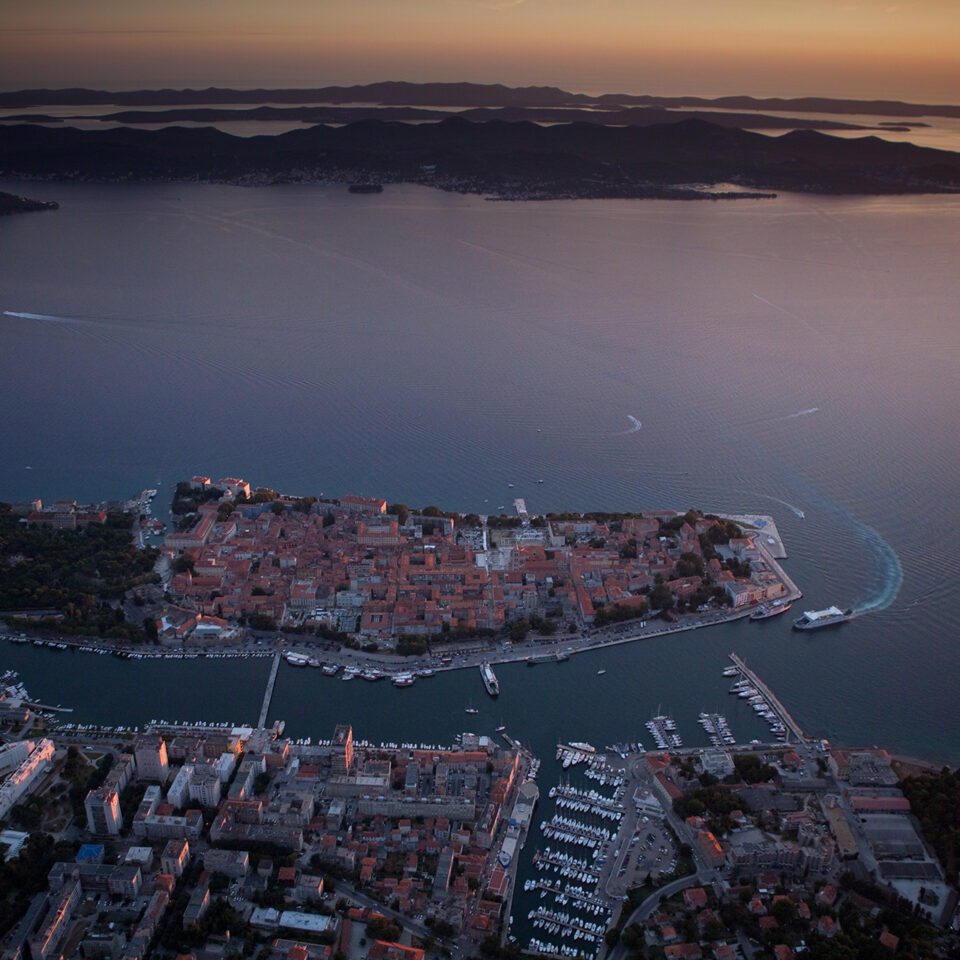


ASSICURAZIONI GENERALI AND CARCIOTTI PALACE
Trieste, prospering in the 19th century thanks to the Free Port, saw the birth of several important insurance companies. The ideal city itinerary includes their architectural and artistic heritage, unfortunately not always accessible to the public.
Carciotti Palace, built in the heart of Trieste at the beginning of the Grand Canal, was commissioned by wealthy Greek merchant Demetrio Carciotti, who decided to settle in the city in 1775. Construction, entrusted to architect Matteo Pertsch, began in 1798 and was completed in 1805 under the supervision of Giovanni Righetti.
The palace is characterized by its imposing main facade with ashlar, Ionic columns, statues, and a copper dome. The side facades are simple, while the rear facade replicates the main style with additional sculptures and amphorae. The interior houses a remarkable round hall with columns, bas-reliefs by Antonio Bosa inspired by Homeric epics, and Empire-style frescoes by Giuseppe Bernardino Bison. Bosa’s exterior sculptures celebrate trade and prosperity, while the entrance welcomes Hercules and Minerva and the staircase the allegories of Painting, Sculpture, and Architecture.
In 1816 Carciotti Palace briefly hosted austrian Minister Metternich. In 1831 it became the first headquarters of Assicurazioni Generali, one of Italian’s most important insurance companies.
The Imperial Regia Privilegiata Compagnia di Assicurazioni Generali Austro-Italiche was founded in the city of Trieste on December 26, 1831. Its promoter was Giuseppe Lazzaro Morpurgo. The adjective “Generali” indicated the fact that the company dealt with every branch of insurance, such as fire, life, hail, maritime, land and river transport, an uncommon orientation at the time, as all Trieste insurance companies were mainly active in the maritime transport branch only.
The building recently returned to the ownership of Assicurazioni Generali.

